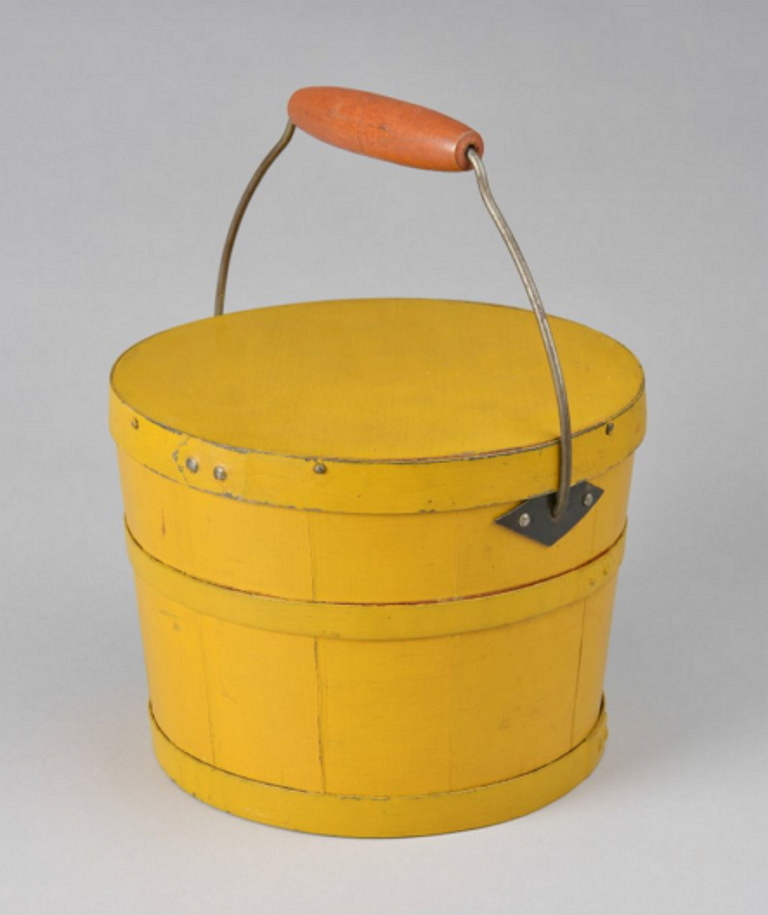Plane, Hollow
Hollow plane owned by Brother George M. Wickersham, Church Family, Mount Lebanon, NY
1833-1861
Description
#16 hollow plane made of beech and steel or iron. The body of the plane is 9 7/16" x 3 1/4", and the concave base is 1 1/8" wide. The concave blade only appears on one side of the plane, and is 1 1/8" wide. "G.M.W." and "R CARTER/TROY" are stamped on the toe, and "16" is stamped on the heel. Stamped on the iron in the front is "WM ASH & CO", and on the back are several notches.
Notes
Made between 1842 and 1846 by Richard and Leonard Carter in Troy, New York, these hollow and round planes belonged to George M. Wickersham (1806-1891). Trained as a carpenter, joiner, and machinist, Wickersham also designed the new dwelling house of the Church family, erected in 1875. The Museum owns and displays many of his woodworking tools that bear the initials "G.M.W." and a large tool chest he built to house them (#1950.1134.1). Hollow and round planes were the most common molding planes in the 19th century. They were easy to obtain commercially and were generally sold in sets of nine matching pairs. Each pair consisted of a differently radiused hollow plane and a corresponding round plane. The pairs are all different in size, but each hollow and round plane forms an arc measuring 1/6 the circumference of a circle, regardless of size. Carpenters and furniture makers used hollow and round planes to cut the simplest types of mouldings. Even after commercially-manufactured mouldings became widely available in the second half of the 19th century, hollow and round planes became common items in the tool collections of woodworkers. "R & L CARTER/TROY" was one of many firms in New York State manufacturing planes in the 19th century.
New York Mount Lebanon Church Family
















